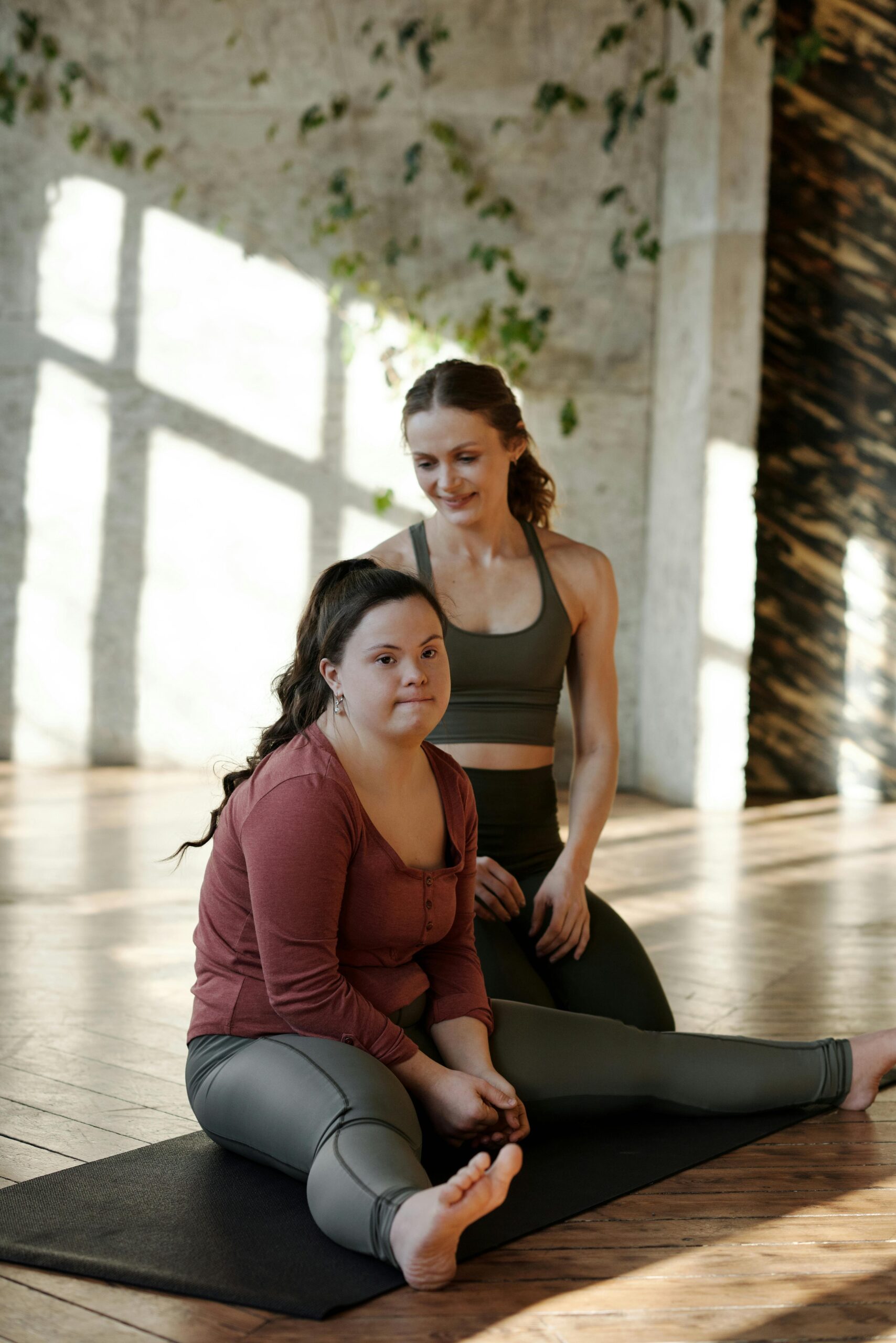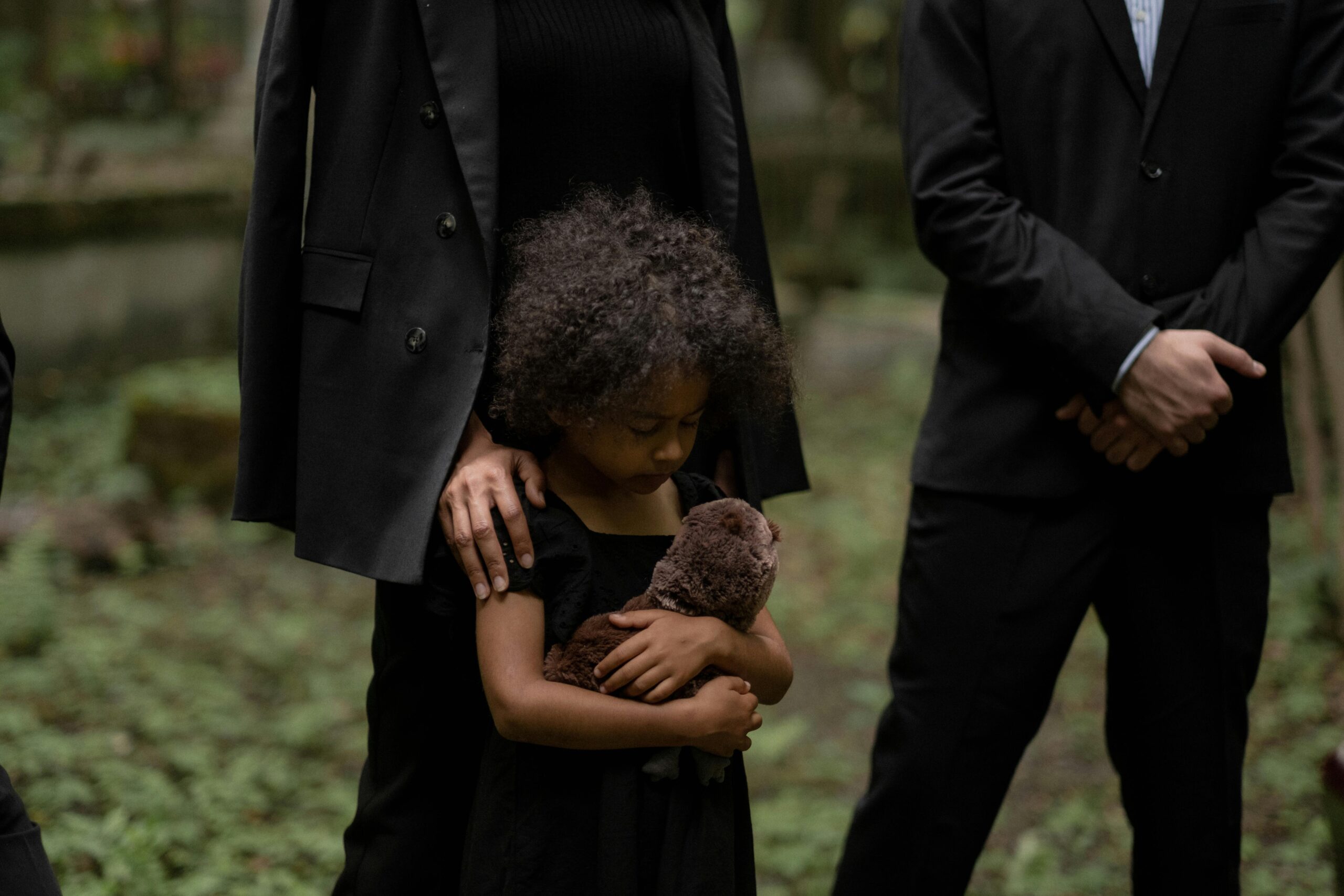
Going back to school can already be difficult for children on the spectrum but with the return of in-person school, this school year may be especially difficult. Many children on the spectrum have trouble adjusting to change and this year will be full of it. Here are some steps you can take to prepare your child for in-person school.
Practice routine
A week or two before the school year begins, simulate what your child’s schedule during school would be like. Wake them up early and have them go through their usual morning routine, including packing their lunch and backpack. You can also practice their after school routine (i.e. giving them a snack, unpacking their backpack). At night, make sure they pack their bag for the next day and get to bed early.
You can’t exactly replicate their classes, but you can drive them to and from school. You can even contact the school to see if they will let you and your child walk around campus. Familiarity may make the transition easier for them. In addition, you can make a social story for your child’s typical day at school to help them visualize their routine and know what to expect. A social story is a comic-like visual a parent can make for their child that details what a situation will be like. If your child is sensitive or fidgety, you may also want to have them practice wearing a mask for long periods of time.
Keep relevant staff informed
Autism Speaks suggests writing up a document that provides a snapshot of your child for teachers, aides, and other staff they may interact with. First, you should outline your child’s social, communicative, sensory, dietary, and behavioral difficulties. Informing teachers and aides of these details is crucial. But the snapshot doesn’t have to be all negatives. It should also highlight your child’s strengths and personality!
Furthermore, you should keep in contact with your child’s teacher (and other staff if relevant) throughout the school year. Be prepared to be a resource for them if they have questions about your child or their diagnosis. On the flip side, the school should also be a resource for you and your child. Learn what accommodations are available to your child and be aware of their rights to an equal education. Check out Poppy Life Care’s partner Inclusive Education Project for more on this.
Prepare for social situations
After a year of virtual schooling and social distancing, in-person social interactions may be more daunting than ever for children on the spectrum. While you can’t perfectly replicate the social interactions your child will have at school, you can still do your best to prepare them. If you know your child has friends or classmates, consider arranging a socially-distanced playdate before school starts to ease them back into socialization. You can also create social stories for various situations your child might experience so that they are better prepared to face them.
Solve sensory issues
If your child has sensory issues, prepare for these accordingly. Marcus Autism Center recommends that you “incorporate sensory-friendly supplies and tools, like a fidget spinner, to help your child cope”. They also suggest washing your child’s clothes and breaking in their shoes so that they feel as comfortable as possible at school. Finally, your child may experience sensory overload at school, so remind them to avoid overwhelming situations if possible and let them take a comforting object with them.
Remember what worked before
If your child attended in-person classes before the pandemic, then you have the privilege of previous experience. Although it feels like a long time ago, remind yourself that you have been through this before. Most likely, you found tips and tricks that worked, and ones that didn’t. Use your previous experience to make your child’s transition back to in-person school smoother.
Be patient, sympathetic, and reassuring
Lastly, be patient, sympathetic, and reassuring. This will be a difficult period of adjustment for your child on multiple fronts, so your support throughout this time will help them immensely. You should also acknowledge that it can be a challenging time for you and treat yourself kindly. A life coach can teach you how to be there for both your family and yourself.
If your child is struggling to manage their stress and emotions, music therapy and physical activity programs can provide healthy outlets for them. If you’d like to support your child’s health generally, you can look into meditation and yoga. Both are shown to increase communication and socially related behaviors and decrease aggressive behavior and social withdrawal in children on the spectrum. Good nutrition also improves mental and behavioral health on the whole.









leave a comment!
Comments